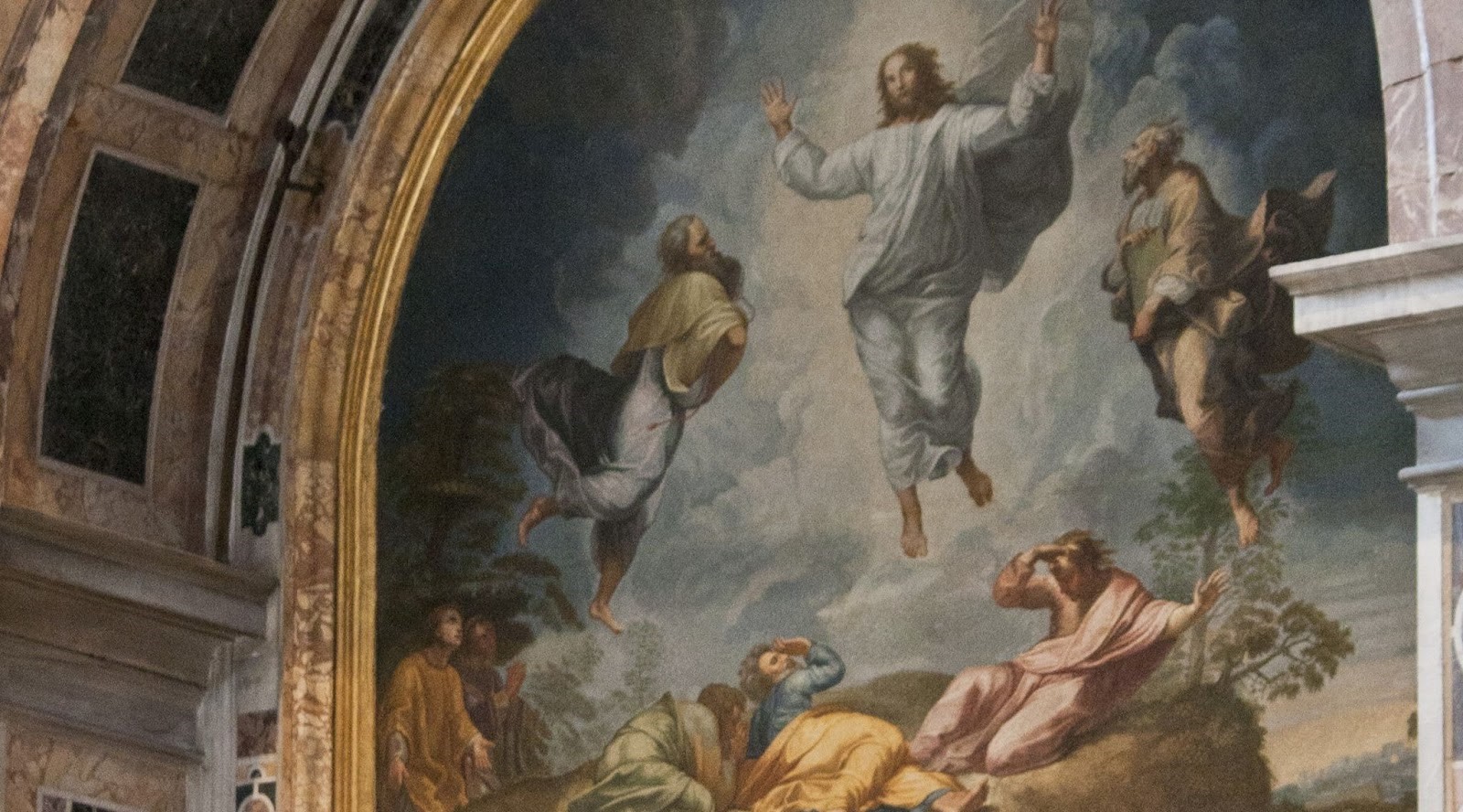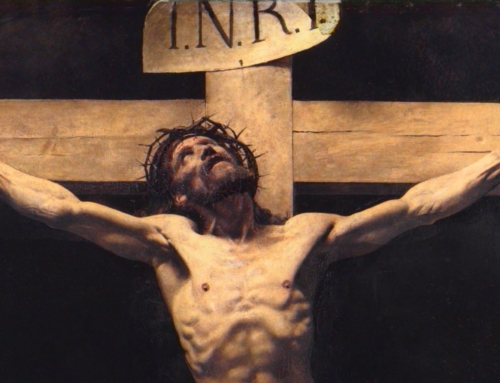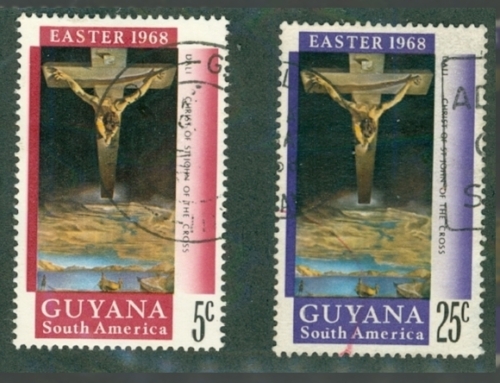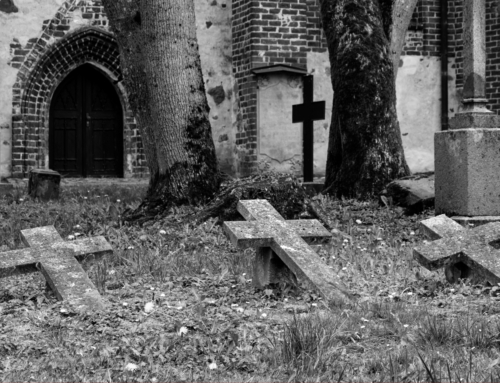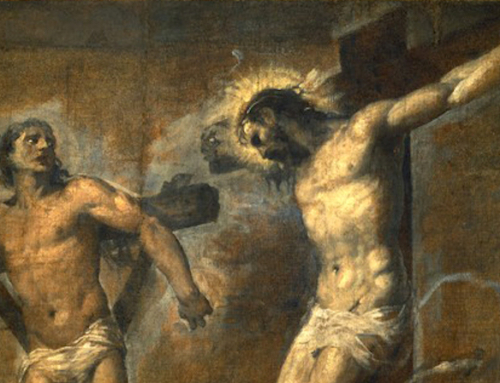At the heart of Radomyśl Wielki, a tiny town in southern Poland, stands its parish church. It is not a big church—for Radomyśl Wielki is not a big town. The church is named Holy Transfiguration of the Lord for its crowning image of the Transfiguration above the main altar. This image and altar were two of the very few things in this town not reduced to ash by the end of World War II, and the town would be rebuilt once more with this shining image at its heart.
“Is not life on earth a drudgery?”(Job 7:1). Towns are destroyed by disaster and war, countless lives are lost, nearly all of our dreams are forgotten in fear, with even the best of friendships fading into faint echoes. The laments and prayers of the patriarchs and prophets and psalmists are never far from the hearts of all, as everyone cries out, “Have I no helper?” (Job 6:13). And even if we have faith in the Lord, we also hear him say, “I have chosen you out of the world, the world hates you” (John 15:19). A great drudgery indeed.
In a town burned to the ground, it was fitting that its image of the Transfiguration survived. The Transfiguration is a great mystery, tying together difficulty and fear with the promise of Christ’s glory. Immediately before the Transfiguration, the Lord begins “to show his disciples that he must go to Jerusalem and suffer greatly . . . be killed and on the third day be raised” (Matt 16:21), and he tells his disciples, “Whoever wishes to come after me must deny himself, take up his cross, and follow me” (Matt 16:24). After these somber pronouncements, he takes Peter, James, and John up the mountain, and “they saw his glory” (Luke 9:32). The Transfiguration shows what will become of the one who follows Christ, after denying himself and taking up his cross (see ST III, q. 45, a. 1).
Even amidst this glory, however, the disciples still find themselves trembling in fear. Rosary in hand, meditating on the mystery of the Transfiguration, this is often where I stop. I love the Lord and trust in his promises, but just like the disciples, I am still afraid. Like Peter, I am quick to say, “Lord, it is good that we are here” (Matt 17:4), but then even more quickly find myself “very much afraid” (Matt 17:6).
“Jesus came and touched them, saying, ‘Rise, and do not be afraid.’ And when the disciples raised their eyes, they saw no one else but Jesus alone” (Matt 17:7-8). We need to see Christ’s glory, and while he often chooses not to shine as bright as the sun, the Transfigured Lord reveals himself in every heart. Fear can leave us confused and forgetful of him, but this is the beauty of the Transfiguration, as Jesus shows us two marvels. First, more obviously, he shows us his glory, which he desires to share with us. Secondly, the Lord shows us generously his love and presence. Jesus promises this “always, until the end of the age” (Matt 28:20). We only need to raise our eyes, something that we can always do, even when glory seems far off. He is not just waiting for us at the end of our suffering. He is present with us as the town burns down—as we raise our eyes, we will find Jesus alone.
✠
Photo by Fr. Lawrence Lew, O.P. (used with permission)

